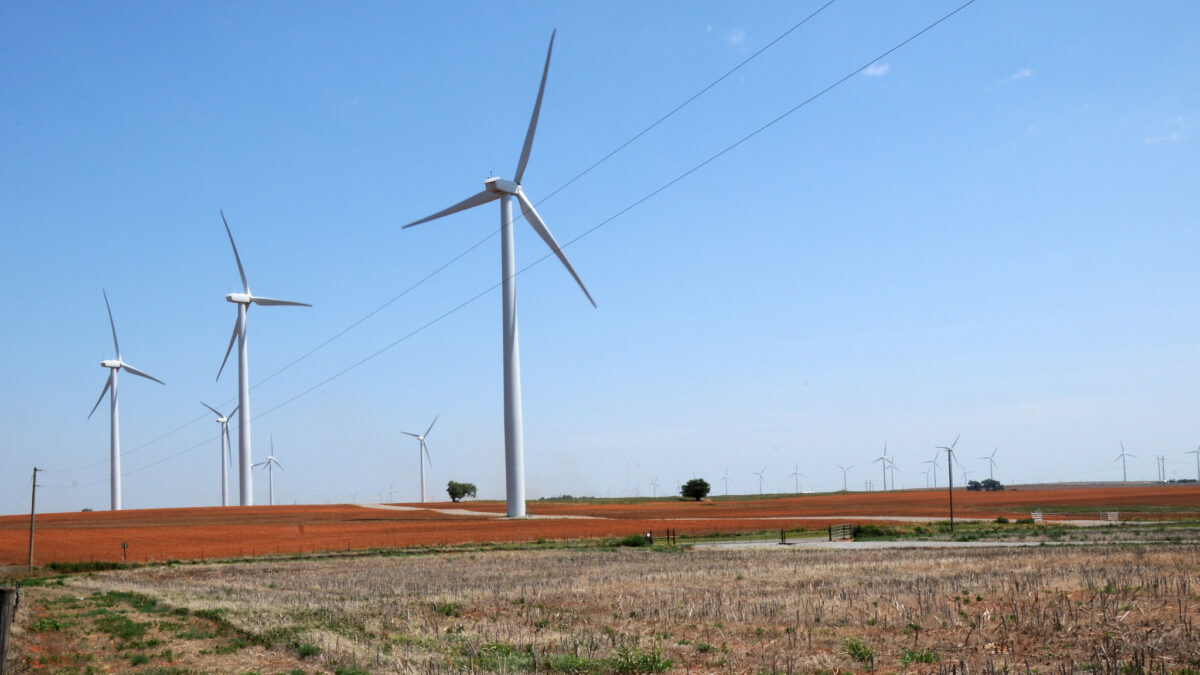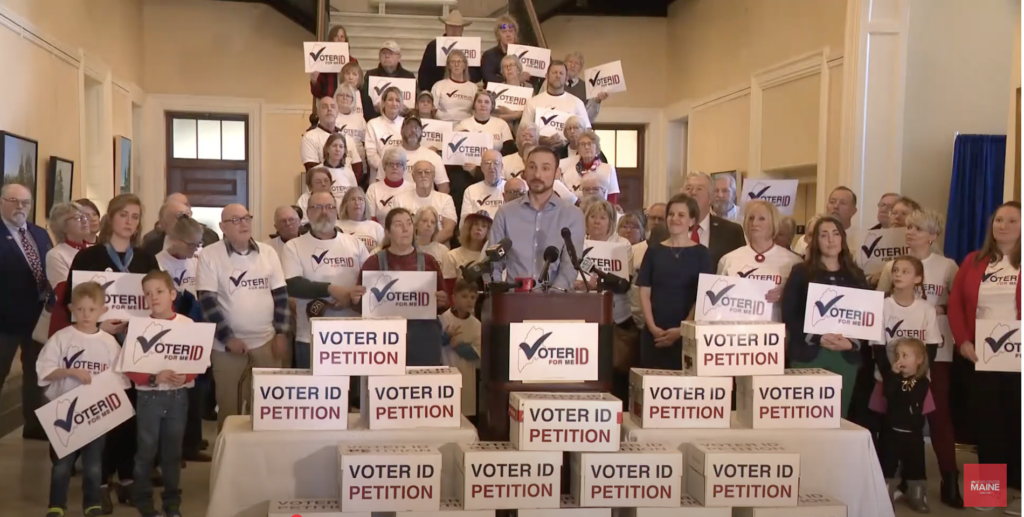Public transit funding still on Shapiro’s mind – Washington Examiner
In a recent budget address, Pennsylvania Governor Josh Shapiro reiterated his commitment to enhancing funding for the state’s public transit systems, proposing a funding increase of $292.5 million for the fiscal year 2025-26, which could rise to over $330 million by 2029-30. Shapiro emphasized the importance of mass transit for residents across the state,highlighting that investing in public transportation can also benefit the economy by attracting businesses.To finance this increased spending, he suggested reallocating a larger share of state sales tax revenues, currently exceeding $1.2 billion dedicated to public transit.
However, Shapiro faced challenges last year in securing support for his proposals, notably from legislative Republicans who criticized his focus on mass transit at the expense of broader transportation needs. They expressed concerns regarding the sustainability of funding after a one-time increase of $80.5 million for transit systems was provided last July. The situation is pressing for organizations like SEPTA, Philadelphia’s mass transit authority, which has been struggling with a significant budget deficit despite a gradual recovery in ridership. While SEPTA’s ridership remains significantly lower than pre-pandemic levels, the proposed funding aims to address immediate gaps in operations, although a long-term solution is still necesary.
Public transit funding still on Shapiro’s mind
(The Center Square) – Hoping this year’s budget process will yield better results that the prior one, Gov. Josh Shapiro has again requested an increase of hundreds of millions of dollars for Pennsylvania’s mass transit systems.
During his budget address on Tuesday before a joint session of the General Assembly, the governor – just as he did last year – proposed a 1.75% hike in funding for all Pennsylvania public transportation systems. The request would increase available funding by $292.5 million in 2025-26, rising to more than $330 million in 2029-30.
Shapiro told the joint session we, as a state, “owe it to Pennsylvanians in Pittsburgh and Lancaster and yes, in Philadelphia, who rely on mass transit. And so, my budget delivers to keep our mass transit running all across the commonwealth.”
“By investing in our roads, bridges and public transit, we not only help Pennsylvanians get where they need to go, we also attracting businesses and growing our economy,” he later added.
To pay for the increased spending, the governor wants to divert a larger portion of the state’s sales tax revenues. Currently, of all collected sales taxes in Pennsylvania, more than $1.2 billion is earmarked for public transportation.
Last year, Shapiro could not win approval for his proposal. Legislative Republicans criticized the governor for what they claimed was a lack of focus on mass transit and transportation while he worked to secure billions in new spending elsewhere.
They argued the governor made little effort to reach a fair deal for all transportation funding, not just mass transit, and instead, during the fall, took $153 million in federal highway project money and gave it to the Southeastern Pennsylvania Transportation Authority, or SEPTA. The agency is the nation’s sixth-largest mass transit system, primarily serving Philadelphia but also offering regional transportation services, and has a more than $200 million annual budget deficit.
In July, the Republican-controlled Senate, the Democrat-controlled House and Shapiro, as part of the finalized budget, agreed to a one-time funding increase of $80.5 million for mass transit throughout the state, of which roughly $51 million went to SEPTA.
That funding, say legislative Republicans, was contingent on a review of the mass transit funding delivery model given recent reductions in ridership and rider safety concerns. According to SEPTA, its systemwide ridership in December was approximately 71% of what it was prior to COVID-19; before, ridership had been declining year-over-year since it hit a 23-year peak in 2012. In 2012, SEPTA reported its annual ridership at 339.3 million trips; a year before COVID-19, ridership had declined to 292.9 million trips, and then it dropped to 223.5 million trips in 2020.
In November, with SEPTA threatening rate hikes and service cuts to help address their ongoing budget deficit, Shapiro diverted federal highway funds earmarked for seven projects around the state, which he argued were years away from being started. The diversion prompted additional legislative Republican criticisms that the governor wasn’t interested in the root causes of mass transit financial problems, instead engaging in a policy of “robbing Peter to pay Paul.”
The diverted funds represented a one-time influx of money for SEPTA to avoid fare hikes and service cuts in the short term; SEPTA still has a $240 million annual gap between what it needs to operate and the funds it receives from fares, state and local governments, and other sources.
Of the additional money the governor has proposed for Pennsylvania mass transit systems, roughly 57% is expected to go to SEPTA.
" Conservative News Daily does not always share or support the views and opinions expressed here; they are just those of the writer."





Now loading...